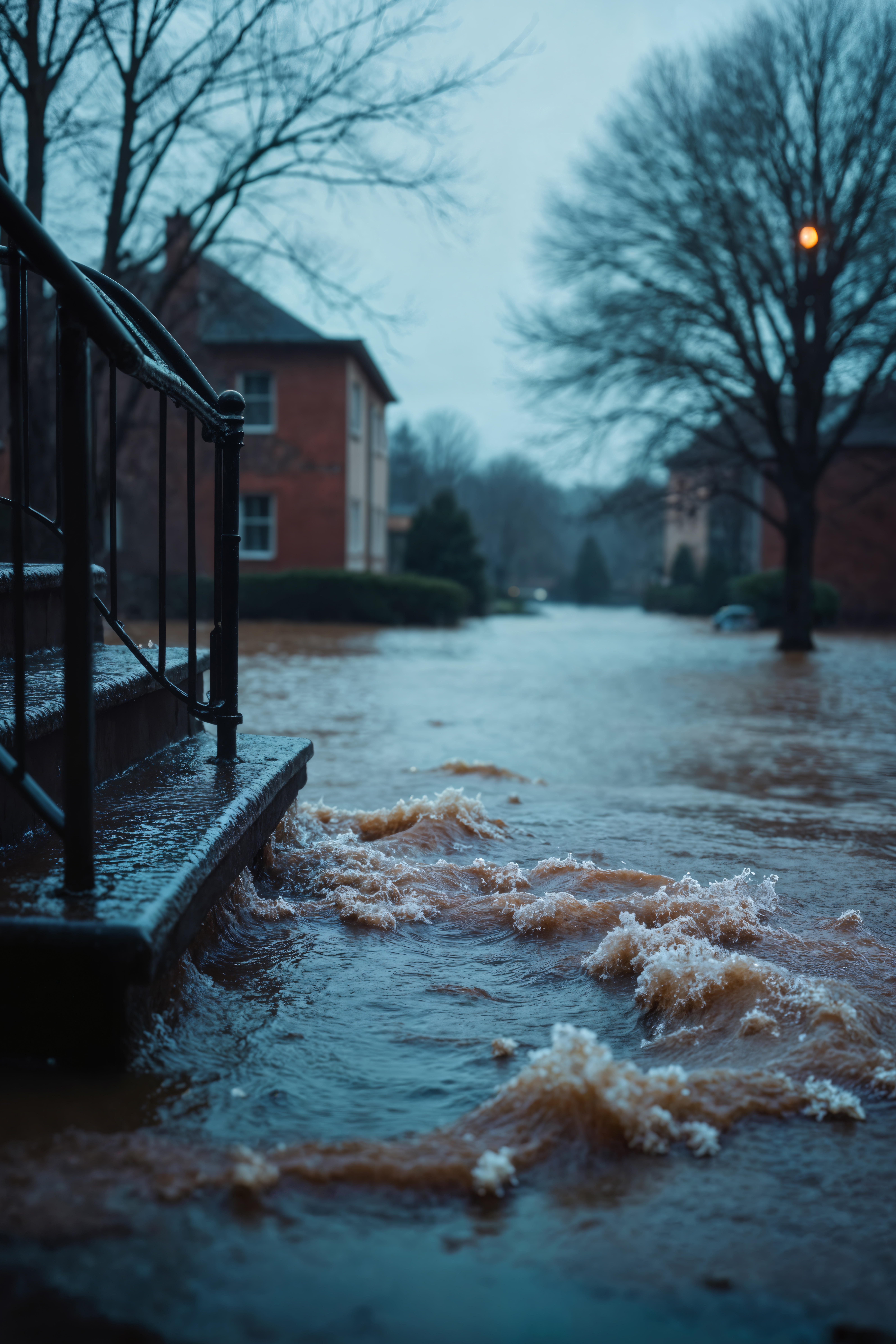Hurricane Season in Texas
Multiple Insurance Coordination
Hurricane damage in Texas often involves multiple insurance policies that must be coordinated to determine appropriate payouts. Standard homeowners insurance covers wind damage, while flood damage requires separate NFIP or private flood insurance. Coastal properties may require Texas Windstorm Insurance Association (TWIA) coverage for wind damage, creating additional coordination complexity. When both wind and flood damage occur simultaneously, adjusters must distinguish between covered and excluded perils to allocate appropriate payments. This multi-policy environment frequently requires separate adjusters from different insurance companies evaluating the same property, potentially creating disputes about damage causation and responsibility allocation between different coverage types.
Damage Assessment Challenges
Hurricane payout determination faces unique challenges during Texas's active storm seasons. Widespread damage creates adjuster shortages, potentially extending claim processing timeframes and affecting settlement accuracy. Adjusters use specialized software like Xactimate to calculate repair costs, though these databases may not immediately reflect post-hurricane market conditions with inflated contractor and material pricing. Aerial damage assessment using drones and satellite imagery helps prioritize claims and identify widespread damage patterns, though ground-level inspection remains necessary for accurate payout determination. The simultaneous processing of thousands of claims can create quality control challenges that affect individual settlement accuracy.
Texas-Specific Regulatory Framework
Texas insurance regulations establish specific requirements affecting hurricane season payout determination. The state's Prompt Payment Act requires insurers to acknowledge claims within 15 days and make coverage decisions within 15 business days, with automatic 18% annual interest penalties for delayed payments. These deadlines may be extended during officially declared catastrophic events, though insurers still face substantial penalties for unreasonable delays. Texas prohibits insurers from requiring specific contractors for repairs, preserving policyholders' rights to select their own restoration providers. The state's regulatory framework also addresses appraisal rights when policyholders dispute damage valuations, providing structured dispute resolution for settlement disagreements.
Market Condition Adjustments
Hurricane season payout calculations must account for dramatically altered market conditions following major storms. Construction material costs often increase 20-40% immediately after hurricanes due to supply disruptions and increased demand. Labor shortages can inflate contractor rates substantially above normal pricing, affecting repair cost calculations. Some insurers use "catastrophe pricing" that adjusts standard cost databases to reflect post-storm market realities, while others maintain standard pricing that may undervalue actual repair costs. These market condition variations can create significant differences between insurance settlements and actual rebuilding expenses, requiring careful documentation and potential negotiation to secure adequate compensation for property restoration.






